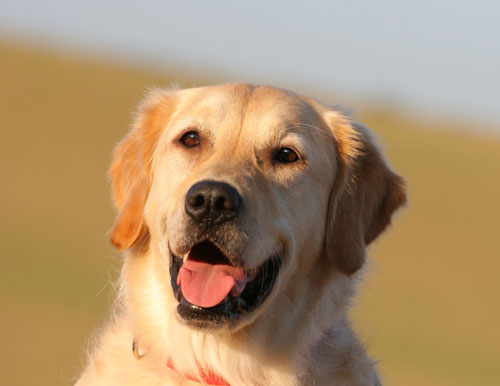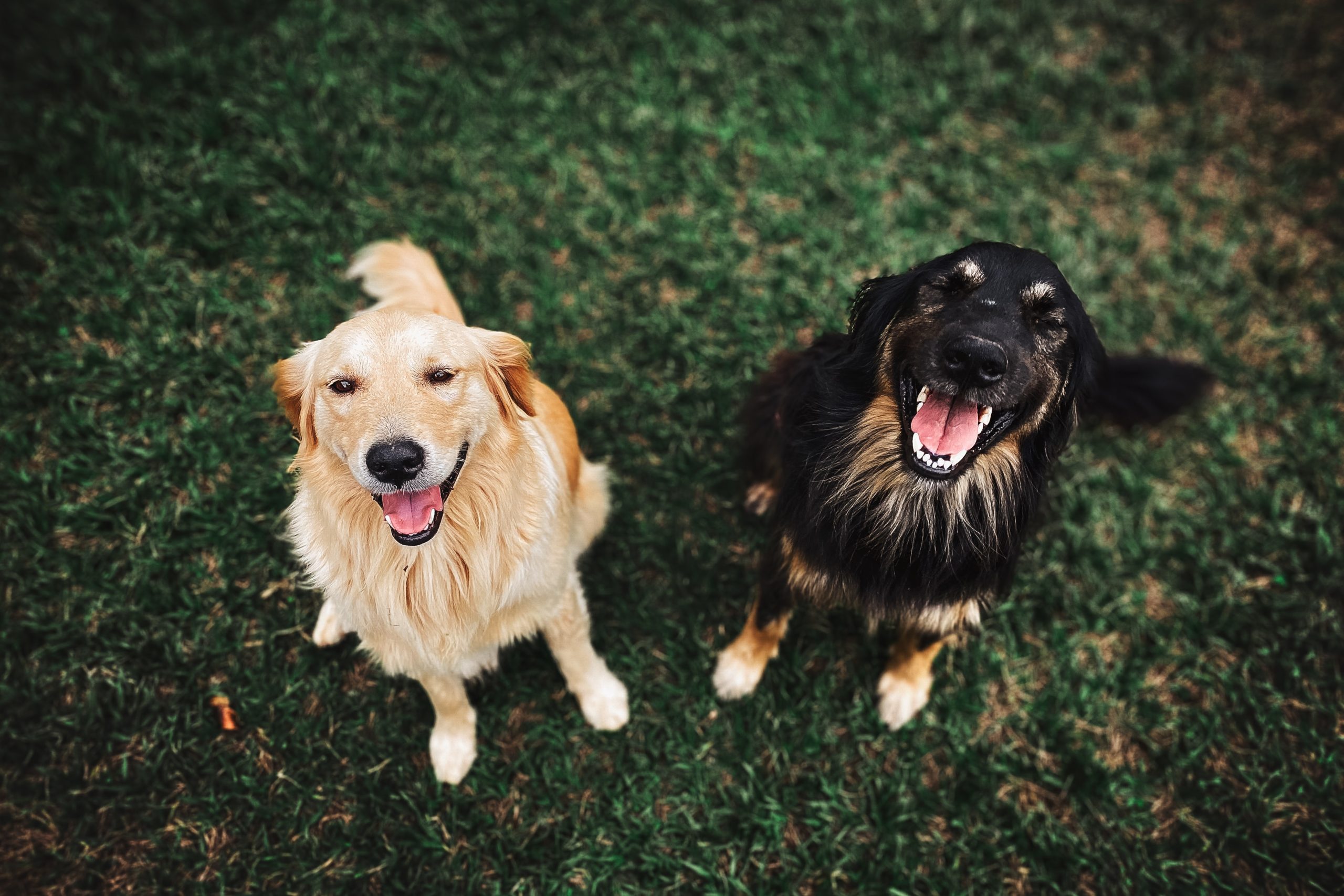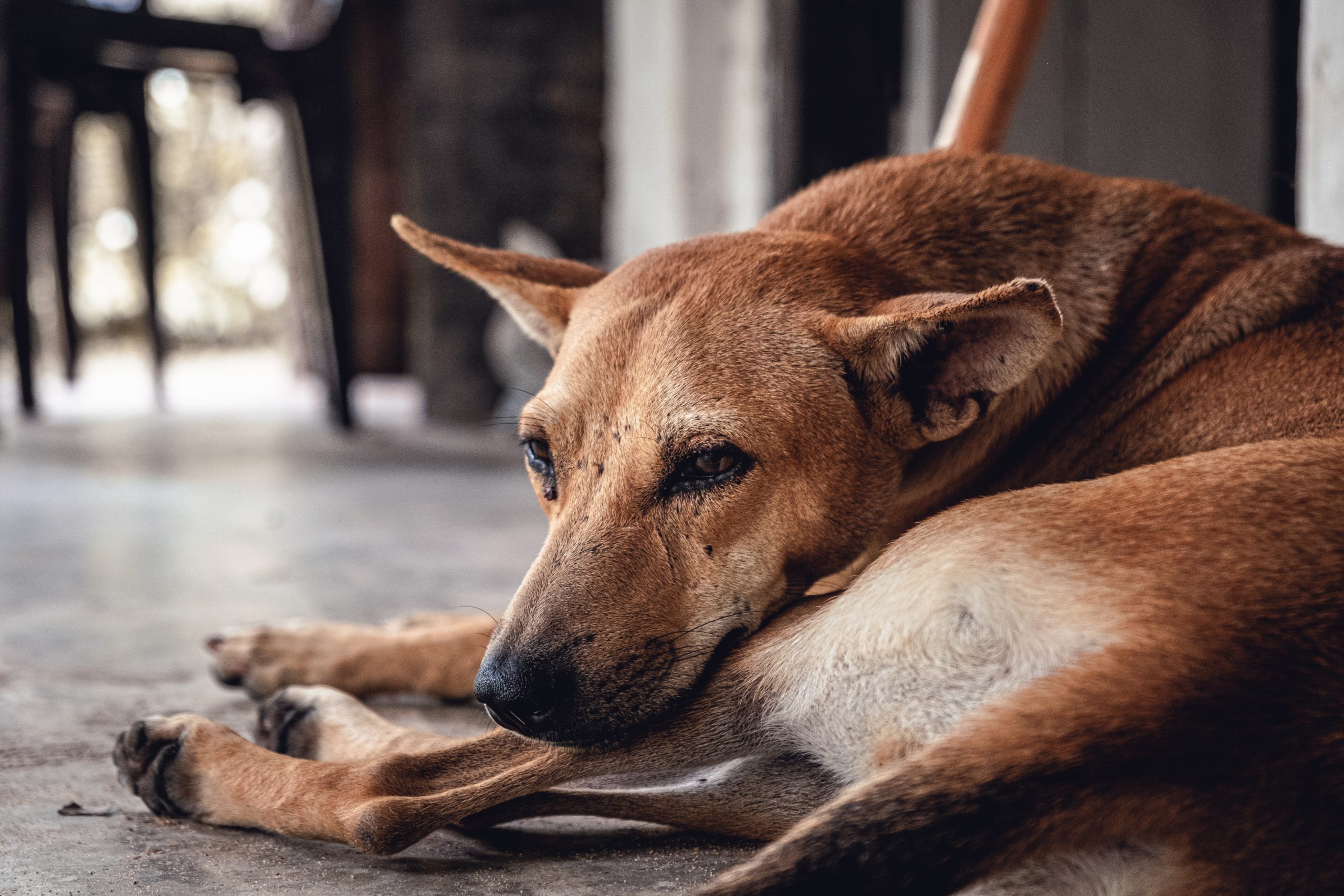Gastric dilation and volvulus syndrome (GDV) is a condition in dogs in which the stomach greatly enlarges (dilation or bloat) and then twists on itself (torsion or volvulus). It is commonly referred to as ‘bloat’; however, bloat can occur with or without torsion and is a life-threatening emergency.
GDV is a problem seen mostly in large, deep-chested dogs such as the Great Dane, German Shepherd, Saint Bernard, Irish Wolfhound, and Irish Setter.
Although the actual cause of gastric dilation and volvulus (GDV) syndrome has yet to be determined fully, many theories have been proposed.
What is Gastric Dilation and Volvulus (GDV)?
For reasons that are not well understood, gas and/or food stretches the stomach many times its normal size and the stomach turns more than 180 degrees on its longitudinal axis, sealing off both the entry and exit from the stomach. The spleen swells, placing pressure on the major vein bringing blood back to the heart from the lower body. Many damaging events follow including the release of toxins from the dying stomach lining and heart dysfunction. Without immediate care the dog goes into shock and dies.
What are the signs of GDV?
Since the dog is in extreme pain you will see signs of restlessness including pacing, panting or rapid breathing, and reluctance to settle. It may assume a ‘praying’ position with the front legs stretched out along the ground and the hindquarters elevated. The dog will attempt to vomit, sometimes bringing up foam and saliva. The stomach and therefore abdomen will be distended and hard to the touch. This distension is first apparent on the left hind side of the abdomen. With time, the dog becomes lethargic and the gums will be pale as shock sets in.
How is GDV treated?
The dog is first given intravenous fluids and other treatments to combat shock, pain and infection, before an X-Ray is taken to determine if torsion is present and an attempt made to pass a stomach tube. If the entry to the stomach is not entirely blocked, the tube will relieve the gas build-up and the stomach can be emptied. After treatment, a decision is made about surgery to avoid recurrence, the rate of which can be as high as 75%.
If the stomach tube cannot be passed, surgery must be performed to relieve the pressure in the stomach and the swollen spleen. Parts of the stomach and/or spleen that are permanently damaged must be removed. The stomach is then permanently fixed into its correct anatomical position by one of several surgical techniques (gastropexy). Although this is not always successful, this procedure greatly reduces the likelihood of recurrence.
GDV is expensive to treat due to the need for intensive care and surgery. It is a highly risky surgery due to the effects that shock have on the body systems, and some cases are fatal either during surgery or in the post-operative period, despite the best veterinary care.
What causes GDV?
There are many theories about the cause of GDV. Factors may include feeding large meals of dry food followed by exercise, abrupt changes in diet, drinking a large amount of water after eating, and greedy gulping of food. Other causes such as grass eating and lack of bulk in the diet have been proposed, but nothing has been proven.
It is a problem seen mostly in large, deep-chested dogs such as the Great Dane, German Shepherd, Saint Bernard, Irish Wolfhound, and Irish Setter. Dobermans, Weimeraners, and similar deep-chested dogs can also be affected, and cases have also been reported in small and medium sized dogs.
How can I reduce the risk of GDV in my dog?
It is recommended to feed breeds that are at risk 2 or even 3 smaller meals per day, rather than one large meal and do not feed two hours before or after vigorous exercise. If you have two or more dogs you may want to feed them separately to discourage greedy gulping of food and air. Make any dietary changes gradual over 7 to 10 days and do not use elevated feeding bowls.
It is also recommended to not breed dogs with a first-degree relative that has a history of gastric dilation and volvulus.
Ensure you have access to a veterinarian on duty at all times and be familiar with the signs of bloat. If you are unsure, it is safer to take your dog for an examination than to risk the development of GDV. Gastric dilation without volvulus has a better prognosis than GDV.




